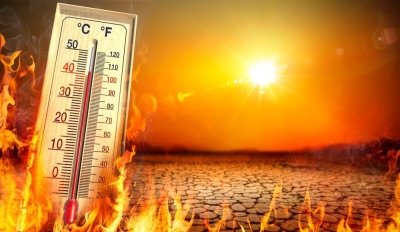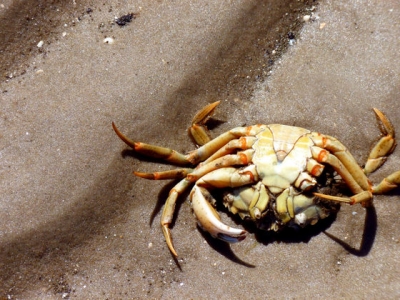Heatwaves to make regions uninhabitable within decades

Heatwaves will become so extreme in certain regions of the world within decades that human life there will be unsustainable, say UN, Red Cross.
GENEVA A HOW United Nations Red Cross report into climate change alludes to certain parts of the world becoming so hot within a matter of decades that human beings will be unable to survive there.
The bleak joint report predicts extreme heatwaves could become so fierce that they exceed human physiological and social limits in parts of Latin America, central Africa and south and southwest Asia.
The world's lowest-income countries- those least responsible for climate change-are already experiencing a disproportionate increase in extreme heat, as was witnessed this year with the heatwave catastrophes in Somalia and Pakistan
The report is published by the UN's Office for the Coordination of Humanitarian Affairs (OCHA) and the International Federation of Red Cross and Red Crescent Societies (IFRC) ahead of Novembers COP27 climate change summit in Egypt.
What can be done?
IFRC secretary-general Jagan Chapagain urged countries at COP27 to: invest in climate adaptation and mitigation in the regions most at risk.
OCHA and the IFRC suggested five main steps to help combat the impact of extreme heatwaves, including: providing early information to help people and authorities react in time and finding new ways of financing local-level action.
They also included humanitarian organisations testing more "thermally-appropriate emergency shelter and "cooling centres, while getting communities to alter their development planning to account of likely extreme heat impacts.
OCHA and the IFRC said there were limits to extreme heat adaptation measures. Some, such as increasing energy-intensive air conditioning, are costly, environmentally unsustainable and contribute themselves to climate change. The report concludes that if greenhouse gas emissions, which cause climate change, are not aggressively reduced now, the world will face previously unimaginable levels of extreme heat.
Picture Credit : Google
